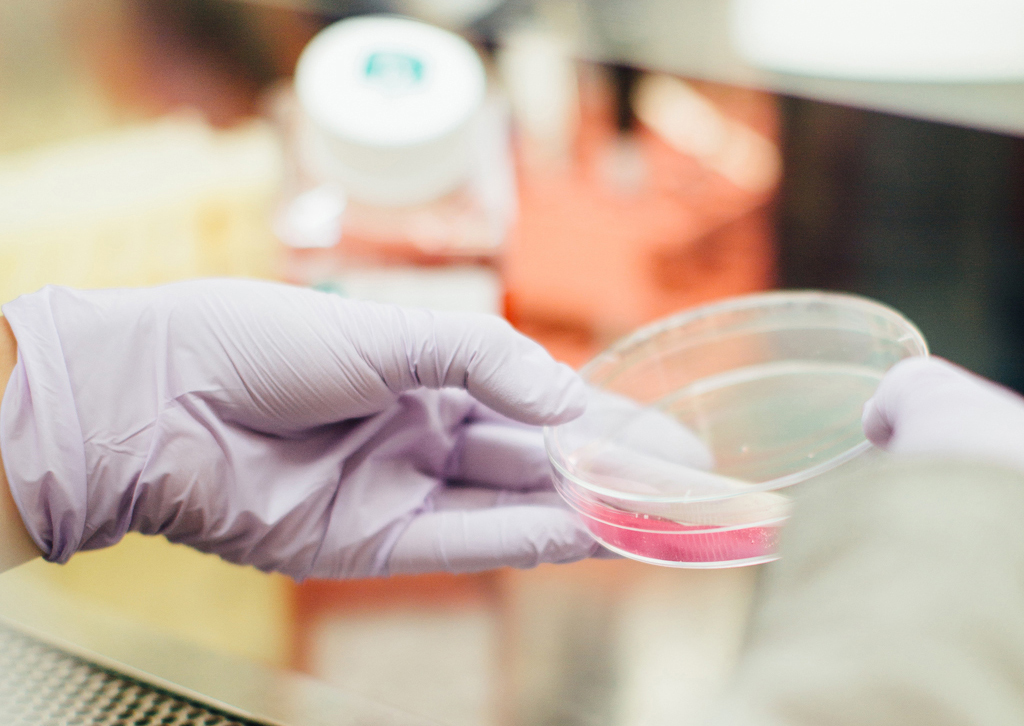Tuberculosis: 100,000 new cases each year in Spain, 80% of them undiagnosed
Specialists are calling for a nationwide plan to detect the infection before the disease develops, aligning with European standards
Each year, the tuberculosis bacillus infects 100,000 people in Spain, but 80% of the cases are never diagnosed. Catalonia and Galicia are the only regions that have a specific detection and control plan for the disease. The specialists have been calling for years for a nationwide plan and insist that this is the only way to reduce the number of infected people. The work of researchers such as Pere-Joan Cardona, head of the Catalan Tuberculosis Unit and course instructor at the UOC's Faculty of Health Sciences, is focused on developing an effective, orally administered treatment and a therapeutic vaccine.
According to Cardona, tuberculosis remains a "discreet disease". One third of the human population suffers it and almost 99% of the infected people are unaware of it. Out of this third, 10% will develop the disease and about 1.8 million will die from it. 95% of these deaths take place in developing countries.
Coinciding with World TB Day, celebrated on 24 March, Dr Cardona insists on the need to increase its visibility. The first essential step is to have early detection protocols and, for the moment, these only exist in Catalonia and Galicia. The scientific community has been calling for a nationwide plan for years. This is the only possible way to reduce the incidence of tuberculosis which, according to 2014 data from the European Centre for Disease Prevention and Control (ECDC), is 10.85 per 100,000 inhabitants in Spain. A long way behind Holland (4.89), Germany (5.56) or France (7.36).
The case of Spain, underscores Cardona, is particularly serious because the problem is that the disease is not being diagnosed. This means that the official figure of infected people is below the real figure, according to WHO.
800 new cases a year in Catalonia
Eight hundred new cases are diagnosed each year in Catalonia but, unlike the rest of Spain, there is the early detection programme, which works very effectively as it directly targets the hot spots. Basically, districts such as Ciutat Vella, in Barcelona, where the incidence is 120 infected people per 100,000 inhabitants, almost six times the overall average in the city. For the last 30 years, the Barcelona Public Health Agency has been working intensely on identifying cases in this hot spot because, Cardona highlights, given the disease's discretion, aggressive policies are needed for its identification, diagnosis and treatment.
A new oral treatment in the pipeline
The scientific community accepts that tuberculosis contagion cannot be avoided and focuses effort on developing a vaccine to prevent it and more efficient treatments that enable it to be cured in less time than at present, which currently stands at six months. Dr Cardona has been leading the Experimental Tuberculosis Unit in Catalonia since 1997 and has contributed to development of the RUTI vaccine.
His team is currently working with two European consortia (TBVAC2020 and EMITB) to find a new vaccine (a new therapeutic vaccine that prevents the disease from evolving after infection). They have also started two spin-offs from the Institut Germans Trias i Pujol: Archivel and Manremyc, to develop the RUTI therapeutic vaccine and the probiotic to reduce the risk of acquiring active tuberculosis (Nyaditum resae).
The case of the probiotic, Cardona explains, arises from a strategic need. Being a food supplement, it offers a number of advantages over the vaccine: it is given orally, it is cheap and it is very stable at the temperature and humidity levels prevailing in tropical countries, and does not need a cold chain. In fact, there is already a project to distribute the treatment on a mass scale in certain countries.
Lastly, simpler diagnosis methods are being researched, similar to HIV, which only needs a blood test.
Tuberculosis transmission is air-borne and affects the lungs. This means that anyone can become infected. However, there are three factors that determine whether a person will develop the disease: cases of immunodepression, genetic factors and cases of overreaction to the infection, which is exacerbated by smoking or diabetes, among other factors.
Specialization course at the UOC
Some of these issues are addressed in the UOC's specialization course "Clinical Tuberculosis Management", directed by Dr Cardona and offered by the Faculty of Health Sciences. "It is intended for students around the world, including the countries where it is endemic", explains Carme Carrion, biochemist and course coordinator.
Cardona points out that it seeks to provide a pragmatic vision of the management of the tuberculosis patient. In fact, one of its distinctive features is that it fosters active research by students and invites them to develop pilot research projects to solve local problems with the help of a tutor.
Experts UOC
Press contact
-
Editorial department
